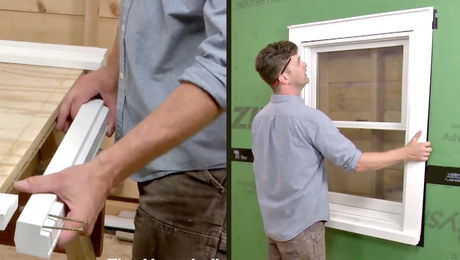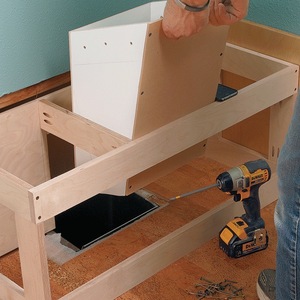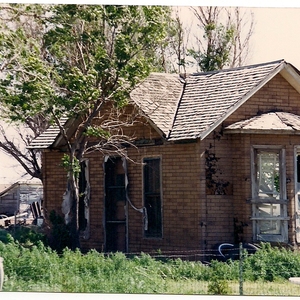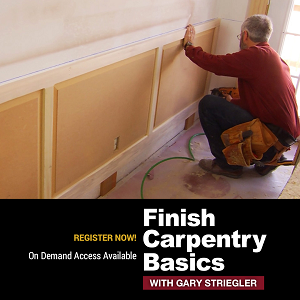Vapor barrier needed???
I asked this a week ago, but never got any responses. Can anyone give me the answer? I added on a two story addition. 2×6 walls both floors, vaulted ceiling on second floor. 3/8″plywood sheathing, tar paper and cedar clapbords outside. I had open cell foan filled and shaved smooth on all walls and ceiling.
Question: should I put a plastic vapor barrier on inside, prior to sheetrock? Insulation installer said no, only down south, where it’s more humid. I’m in Kansas City.
Please advise. I’m ready to rock and roll.


















Replies
Bob, I live in NY, where we stopped with vapor barrier a number of years ago.
I don't know the answer because of location, but suspect you really don't need one.
Consider this post as a bump, and maybe others willl chime in!!
No. Do not need it. Call the Foam manufacture for complete answer.
Edited 10/18/2009 10:14 am ET by Prescottk
I would say you don't need it in Kansas City. North of Madison, WI I would consider putting a VB with open cell foam. And down south the VB should go on the outside anyways.
I gave one to:
http://forums.taunton.com/tp-breaktime/messages?msg=125548.1
I guess it didn't count. This subject won't get agreement from everyone, as you can see from the replies so far.
I think NO. Talk w/ the insulation manufacturer like the other poster suggested. Most/many foams ARE a VB in themselves e.g. urethane, polyiso, polystyrene, etc. They don't readily passmoisture.
Actually, a vapor barrier on the inside is more of an "up north" thing. Down south any vapor barrier goes on the outside. But the need for a vapor barrier at all (especially with foam) is a bit controversial.
Wait a few minutes for others to check in.
"Down south any vapor barrier goes on the outside."That is way, way, way south.KC is only 1/2 way there..
William the Geezer, the sequel to Billy the Kid - Shoe
Right, but his insulation guy said that a vapor barrier is only used "down south".
As I stood before the gates I realized that I never want to be as certain about anything as were the people who built this place. --Rabbi Sheila Peltz, on her visit to Auschwitz
Yoy aren't Judge in disguise are you?
William the Geezer, the sequel to Billy the Kid - Shoe
I believe open-cell foam requires vapor barrier by code, closed cell does not. Perm rating of the foam is the determinant, IIRC. Check with your codes office. If they insist you to have a vapor barrier, I would not use poly, rather, I would use a vapor barrier rated primer to satisfy the requirement. Poly in walls, particularly in a mixed climate like Kansas City is not a great idea. I would rather not used a vapor barrier at all in a mixed climate.
Steve
The purpose of a vapour barrier is to prevent water vapour from entering the wall cavity. In warm, humid climates, most residences are equipped with central AC, thus the bulk of humidity attempting to infiltrate the wall comes from the exterior. Hence, VB to the Outside in the South.
In temperate zones, such as the northern half of the US, the VB goes to the inside because most of the humidity is generated by human activity--cooking and bathing, primarily.
KC seems to be on the borderline. If you run your AC more than you don't, I'd say put it on the outside. If you only run the AC three or four months a year, and run a heating plant of some sort the rest of the time, put it on the inside.
You don't want to wind up with a VB on both sides of the wall. What gets in has to have an easy way out or the wall will rot in short order.
As to whether the open-cell foam constitutes a vapour barrier in and of itself, that depends on its permeability rating. You should probably check with the manufacturer to get that information. Although, from what the installer said, it doesn't sound like he considered the foam as a VB.
Dinosaur
How now, Mighty Sauron, that thou art not brought
low by this? For thine evil pales before that which
foolish men call Justice....